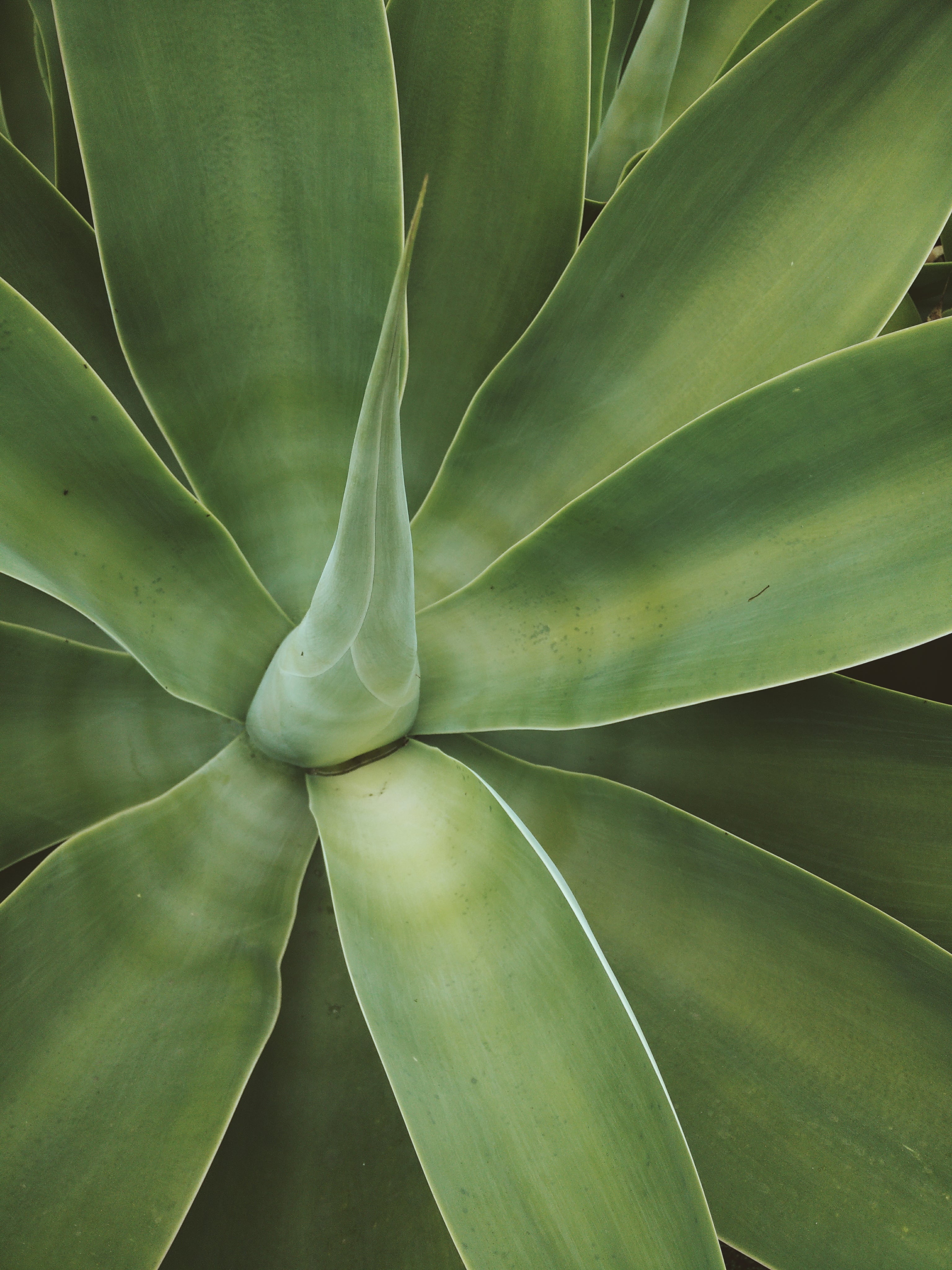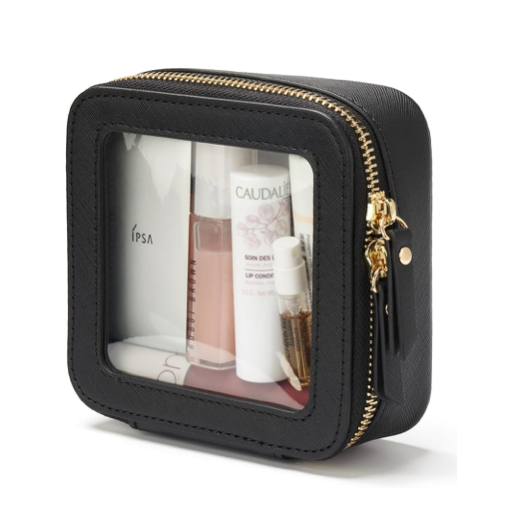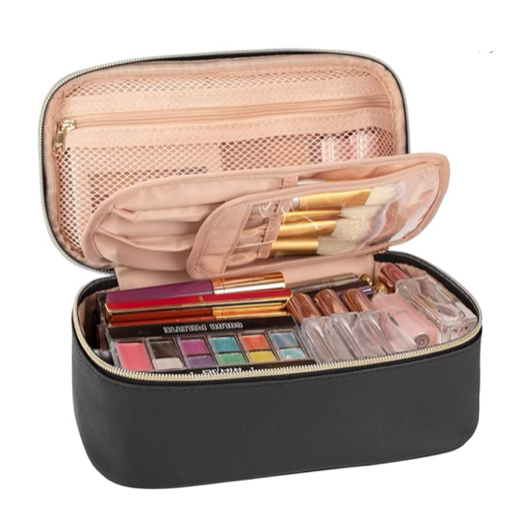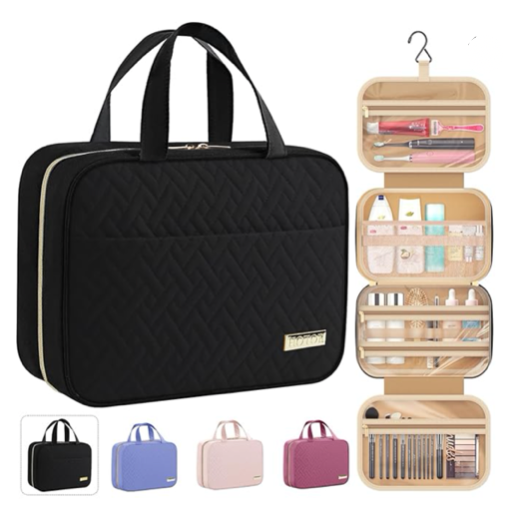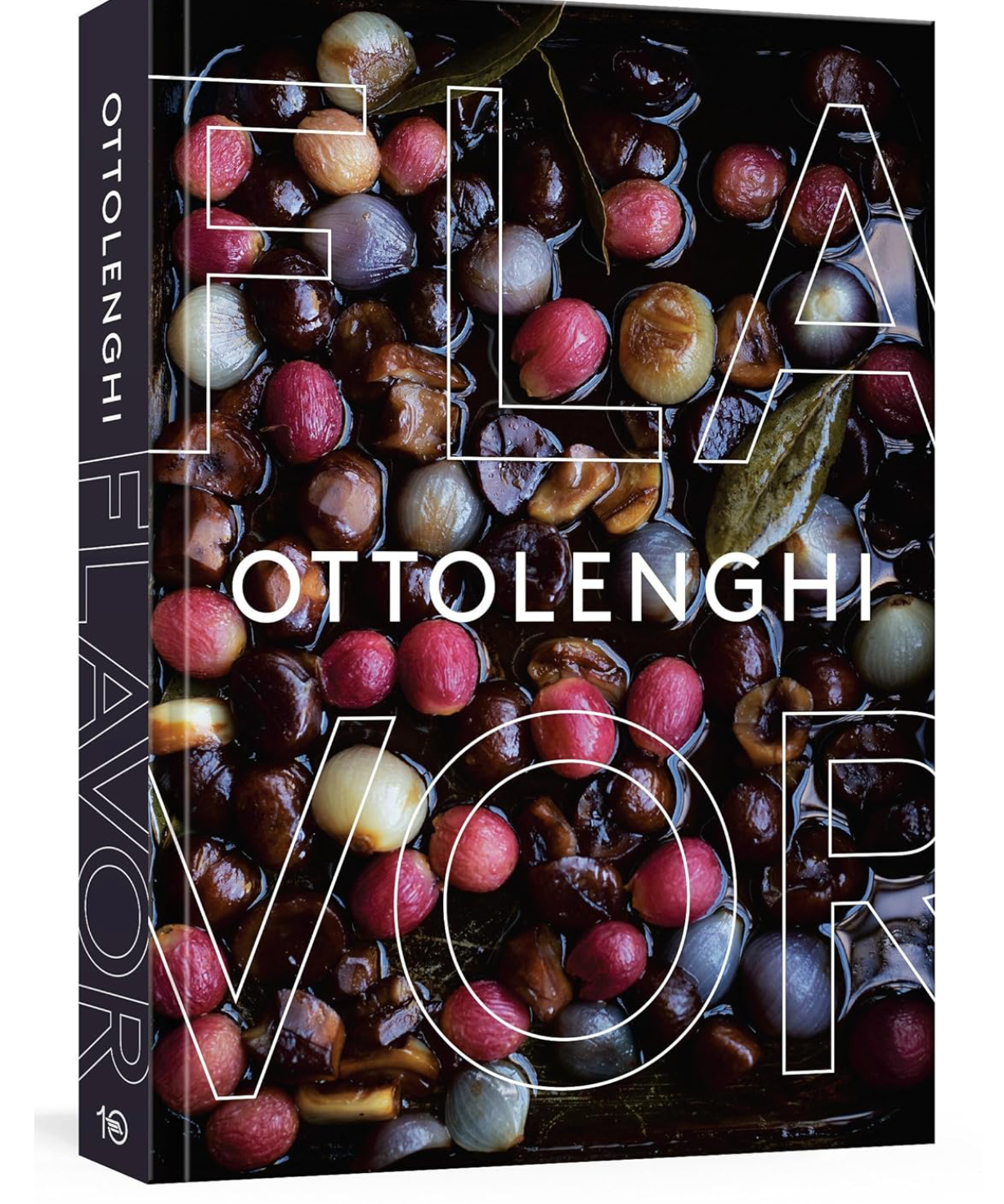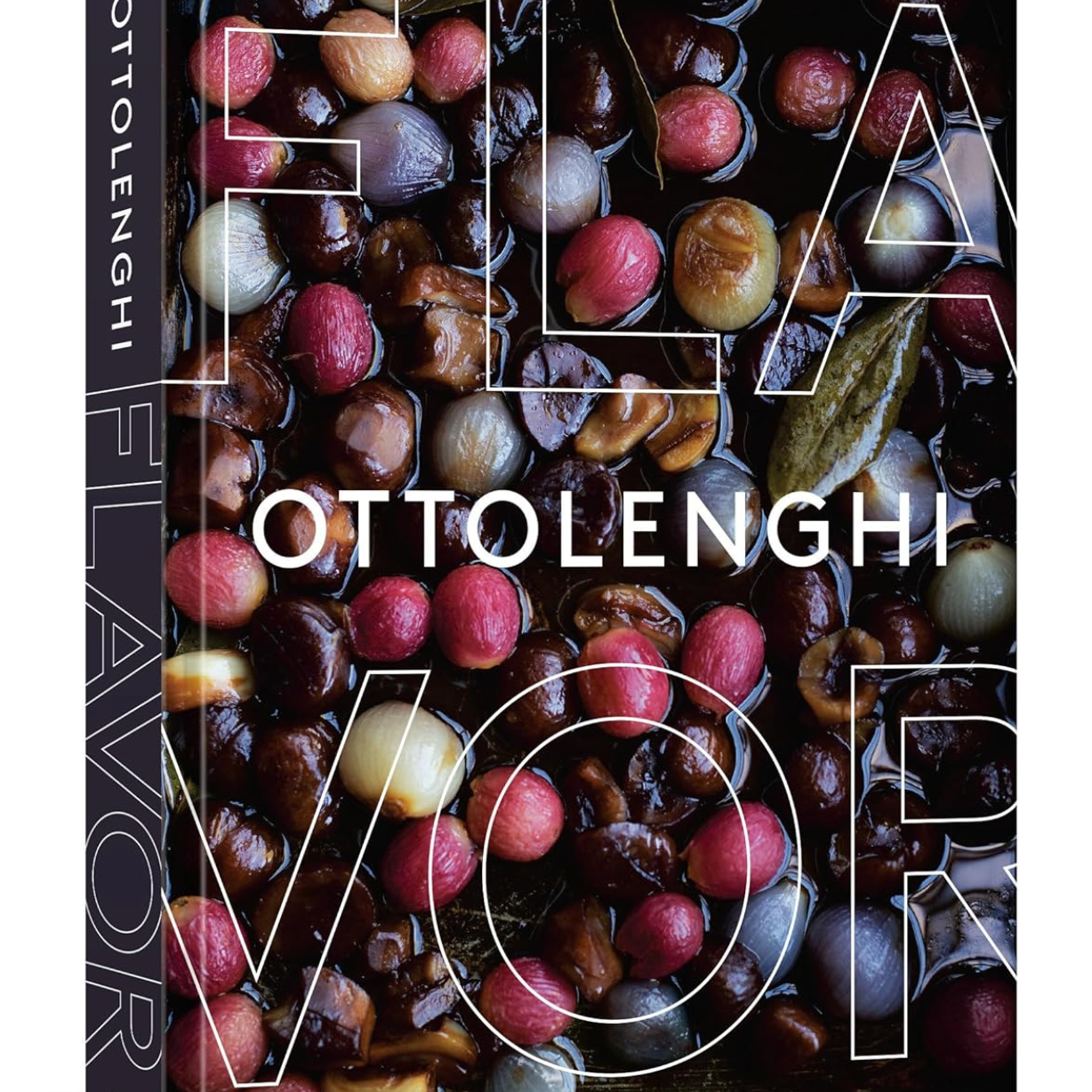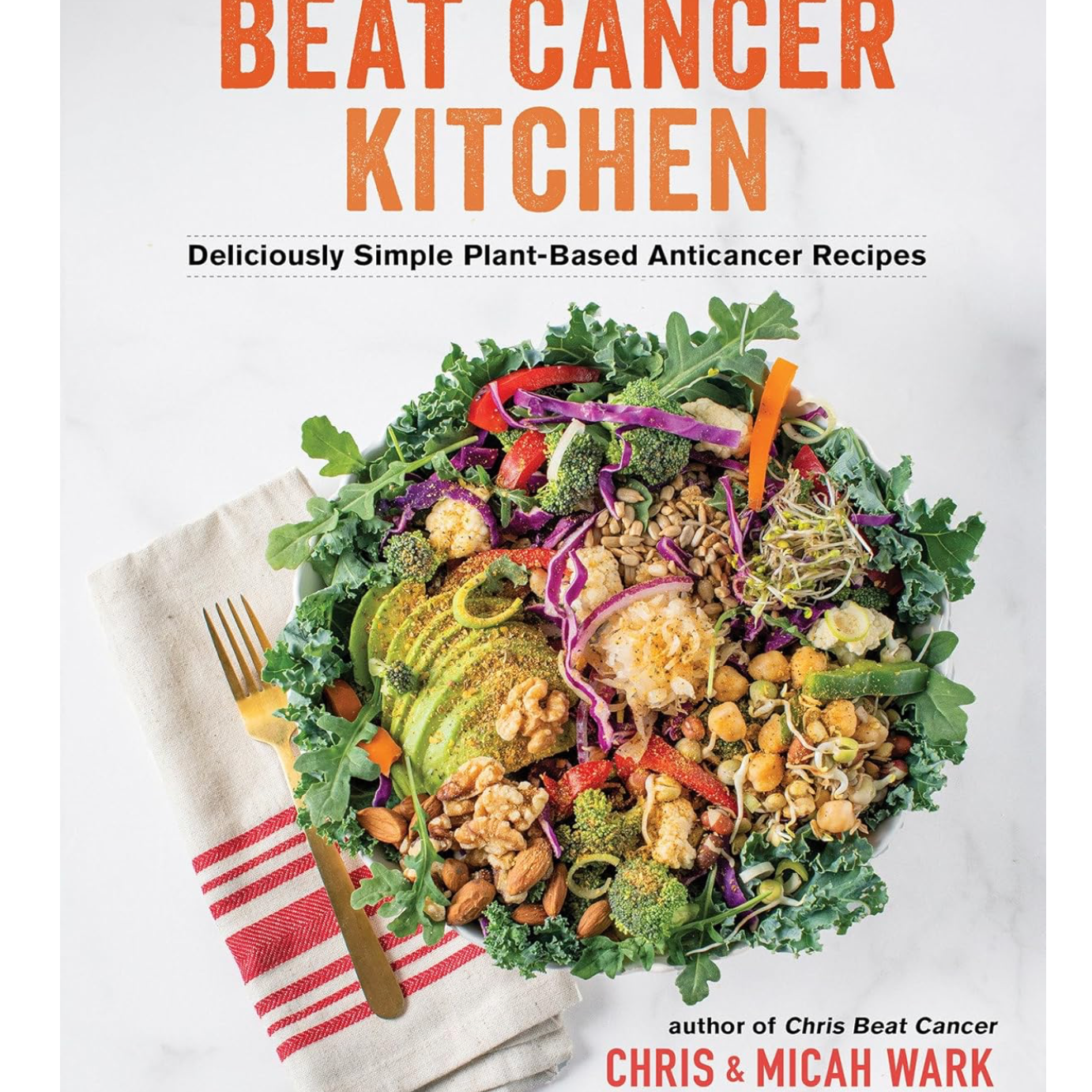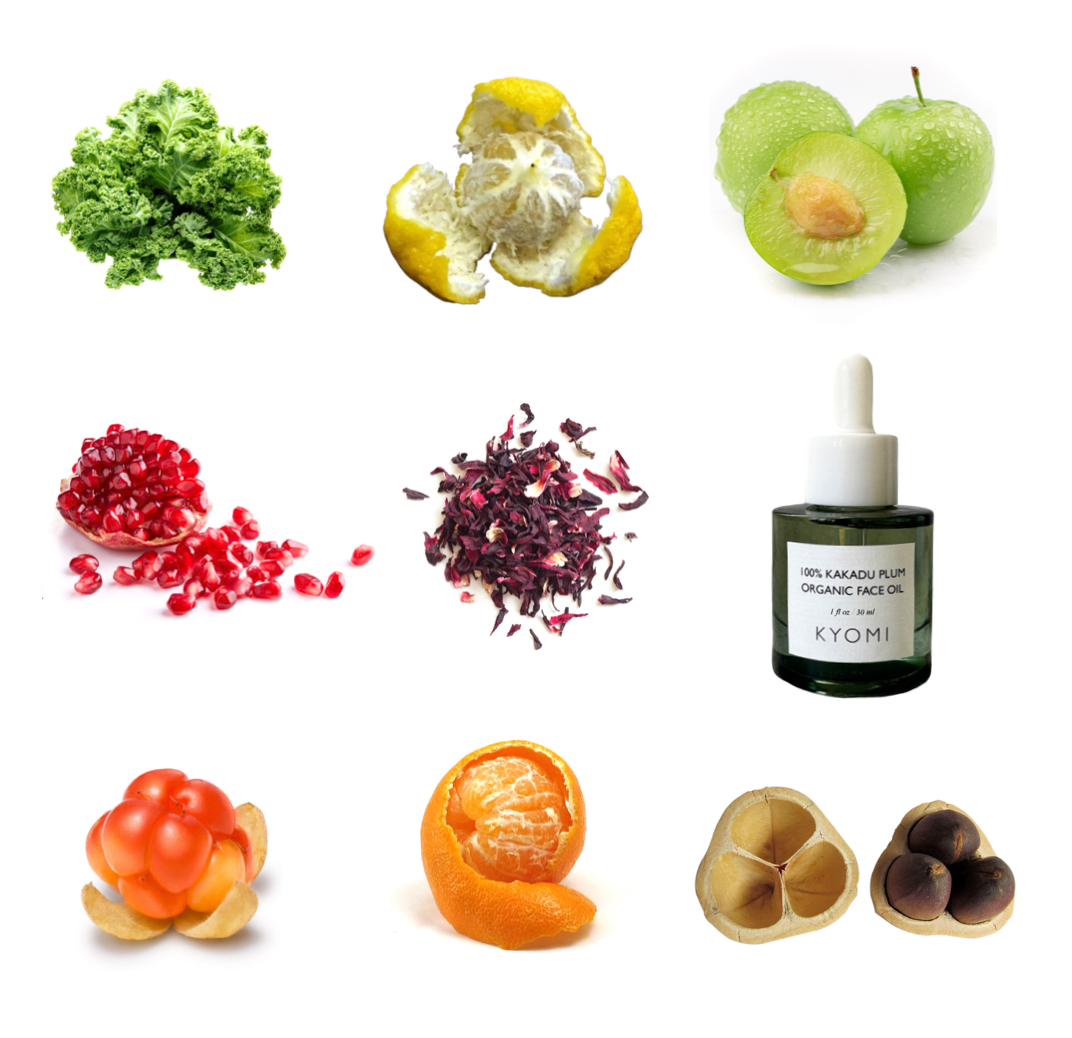Everything You Need to Know About Nilotica Shea Butter for Skin
If you’re familiar with traditional shea butter—the thick, slightly gritty balm found in many body products—you may be surprised to learn that there’s another form of shea that’s creamier, silkier, and arguably even more beneficial for skin health: Nilotica shea butter.
Harvested from the lush river valleys of East Africa, Nilotica shea is quickly becoming a sought-after ingredient in luxury skincare due to its high oleic acid content, naturally soft consistency, and restorative properties. It offers all the moisture and healing of West African shea butter (Vitellaria paradoxa)—but with a lighter texture and more elegant application.
In this post, we explore the unique properties of Nilotica shea butter, how it compares to traditional shea, and why it’s ideal for everything from dry patches to anti-aging routines.
What Is Nilotica Shea Butter?
Nilotica shea butter is derived from the seeds of the East African shea tree (Vitellaria paradoxa nilotica), which grows along the Nile River Valley in Uganda, South Sudan, and parts of Kenya. Unlike West African shea, which tends to be waxy and solid at room temperature, Nilotica is naturally soft and spreadable.
Key characteristics:
-
Naturally creamy, semi-liquid at room temperature
-
Light nutty aroma
-
Higher oleic acid (~25–30%) compared to West African shea (~10%)
-
Richer in vitamin E and essential fatty acids
Nutritional Composition of Nilotica Shea Butter
Nilotica’s skin benefits stem from its superior fatty acid and antioxidant content:
| Compound | Function on Skin |
|---|---|
| Oleic Acid (Omega-9) | Deep hydration, improved skin barrier function |
| Stearic Acid | Emollient, forms protective barrier |
| Linoleic Acid (Omega-6) | Supports healing and reduces inflammation |
| Vitamin E (Tocopherols) | Antioxidant, protects against environmental stress |
| Phytosterols | Calms irritation and supports skin regeneration |
Because of this composition, Nilotica is both soothing and rejuvenating, making it ideal for even the most sensitive or compromised skin.
Skin Benefits of Nilotica Shea Butter
1. Deep, Long-Lasting Hydration
Nilotica shea penetrates the skin barrier to deliver long-lasting moisture. Its high oleic acid content gives it a rich, creamy feel that absorbs easily—without leaving a greasy film.
-
A 2020 study in the Journal of Cosmetic Dermatology found that oleic-rich emollients like Nilotica improve skin elasticity and reduce transepidermal water loss (TEWL), especially in dry climates (Kim et al., 2020).
2. Soothes Inflammation and Redness
Thanks to its combination of linoleic acid, vitamin E, and phytosterols, Nilotica helps calm irritation, reduce redness, and support barrier repair. It’s often used to soothe eczema, psoriasis, and even post-procedure skin.
-
A 2017 clinical review noted that East African shea butter demonstrated anti-inflammatory effects comparable to calendula in patients with contact dermatitis (Ochieng et al., 2017).
3. Improves Skin Texture and Tone
The high concentration of antioxidants in Nilotica—especially tocopherols—helps reduce oxidative stress, soften rough skin, and smooth uneven tone. With regular use, skin feels more supple and resilient.
4. Boosts Collagen and Elasticity
While not a direct source of collagen, Nilotica shea contains cinnamic acid esters that support fibroblast activity and collagen protection, especially when combined with other anti-aging ingredients like vitamin C or retinol.
5. Supports Wound Healing and Repair
Nilotica’s phytosterols and essential fatty acids play a key role in accelerating wound healing. It's effective for minor abrasions, cracked heels, and healing dry, flaky skin.
Nilotica vs. West African Shea Butter
| Feature | Nilotica Shea Butter | West African Shea Butter |
|---|---|---|
| Region | East Africa (Uganda, Sudan) | West Africa (Ghana, Nigeria) |
| Texture | Soft, creamy, semi-liquid | Dense, waxy, solid |
| Oleic Acid Content | ~25–30% | ~10–15% |
| Vitamin E | Higher | Moderate |
| Absorption | Fast, non-greasy | Slow, heavy |
| Scent | Mild, nutty | Earthy, sometimes pungent |
| Skin Type Compatibility | All, including sensitive | Better for very dry or thick skin |
Both are nutrient-rich and healing, but Nilotica is more refined in texture, making it ideal for facial care or premium body formulations.
How to Use Nilotica Shea Butter in Your Routine
Face:
-
Use as a final step at night to seal in moisture
-
Blend with a few drops of face oil (like cacay or plum) for extra glide
-
Can be layered over serums to protect the barrier
Body:
-
Apply to damp skin after bathing for full-body hydration
-
Target elbows, knees, hands, and heels for softening
Other Uses:
-
Lip balm
-
Cuticle treatment
-
Stretch mark prevention during pregnancy
-
After-sun nourishment
Because Nilotica is naturally soft, it doesn’t need to be melted before use and spreads like a rich buttercream—making it a joy to apply.
Who Should Use Nilotica Shea Butter?
Nilotica is ideal for:
-
Sensitive skin prone to irritation or eczema
-
Mature skin seeking firmness and glow
-
Dry, flaky skin needing nourishment without heaviness
-
Normal to combination skin wanting barrier support
-
Pregnancy-safe care for stretch marks and dry patches
Its natural anti-inflammatory and antioxidant effects make it gentle enough for daily use—even around the eyes and on the face.
Is Nilotica Shea Butter Sustainable?
Yes—and increasingly so. Unlike mass-produced shea, Nilotica is wild-harvested by women-led cooperatives in East Africa. These communities hand-collect fallen fruit, sun-dry the seeds, and cold-press the butter using traditional methods.
-
Sourcing Note: Brands working directly with Ugandan cooperatives help ensure fair wages, ecological sustainability, and minimal processing—preserving the butter’s nutrients while supporting regenerative agriculture.
Kyomi Skin’s Nilotica is wild-harvested and cold-pressed in Uganda, with no chemical solvents or heat applied. This preserves its creamy texture and maximum skin benefits.
What Does Nilotica Shea Butter Smell Like?
Mild, nutty, and slightly sweet. Unlike the sometimes strong, earthy scent of traditional shea, Nilotica’s aroma is more delicate and pleasant—even without added fragrance. This makes it ideal for those who prefer unscented or subtly fragranced products.
Common Myths About Shea Butter (and Why Nilotica Stands Out)
Myth: Shea butter is too heavy for the face.
Truth: West African shea can feel occlusive, but Nilotica is lighter, absorbs faster, and works beautifully for facial use.
Myth: Shea clogs pores.
Truth: Nilotica has a low comedogenic rating (1–2), and its linoleic content helps balance sebum.
Myth: All shea butter is the same.
Truth: Regional variety, climate, and extraction methods drastically affect quality and efficacy.
Final Thoughts: Why Nilotica Shea Is Worth the Switch
In the world of natural butters, Nilotica is in a class of its own—creamy, nutrient-dense, yet elegant in texture and application. Its ability to deeply moisturize, calm irritation, and support skin repair makes it a powerhouse for anyone looking to simplify and elevate their skincare routine.
Whether you’re dealing with stubborn dryness, post-inflammatory pigmentation, or just want a truly natural glow, Nilotica delivers—with a softness and purity that synthetic emollients can’t match.
From ancient river valleys to modern minimalist skincare, this rare East African treasure has earned its place on the shelf—and on your skin.
Citations & Sources
-
Kim, J. et al. (2020). Efficacy of Oleic Acid–Rich Emollients in Skin Barrier Repair. Journal of Cosmetic Dermatology.
-
Ochieng, L. et al. (2017). Comparative Study of East African and West African Shea Butters in Dermatological Use. African Journal of Ethnobotany.
-
Adebayo, A. et al. (2019). Phytochemical and Functional Analysis of Shea Butter Variants. International Journal of Cosmetic Science.
-
Ugandan Cooperative Reports (2024). Nilotica Harvest and Processing Practices.
-
Kyomi Skin Ingredient Documentation (2025). Sourcing and quality standards for Nilotica shea butter.

